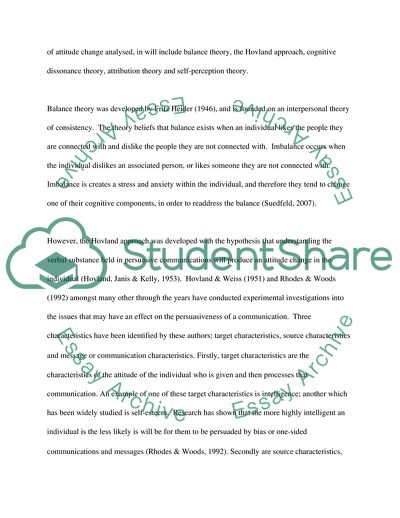Cite this document
(Persuasion Is Difficult but Not Impossible Article, n.d.)
Persuasion Is Difficult but Not Impossible Article. https://studentshare.org/psychology/1719948-persuasion-is-difficult-but-not-impossible-discuss-in-the-context-of-theoretical-developments-in-the-field-of-attitude-change
Persuasion Is Difficult but Not Impossible Article. https://studentshare.org/psychology/1719948-persuasion-is-difficult-but-not-impossible-discuss-in-the-context-of-theoretical-developments-in-the-field-of-attitude-change
(Persuasion Is Difficult But Not Impossible Article)
Persuasion Is Difficult But Not Impossible Article. https://studentshare.org/psychology/1719948-persuasion-is-difficult-but-not-impossible-discuss-in-the-context-of-theoretical-developments-in-the-field-of-attitude-change.
Persuasion Is Difficult But Not Impossible Article. https://studentshare.org/psychology/1719948-persuasion-is-difficult-but-not-impossible-discuss-in-the-context-of-theoretical-developments-in-the-field-of-attitude-change.
“Persuasion Is Difficult But Not Impossible Article”. https://studentshare.org/psychology/1719948-persuasion-is-difficult-but-not-impossible-discuss-in-the-context-of-theoretical-developments-in-the-field-of-attitude-change.


